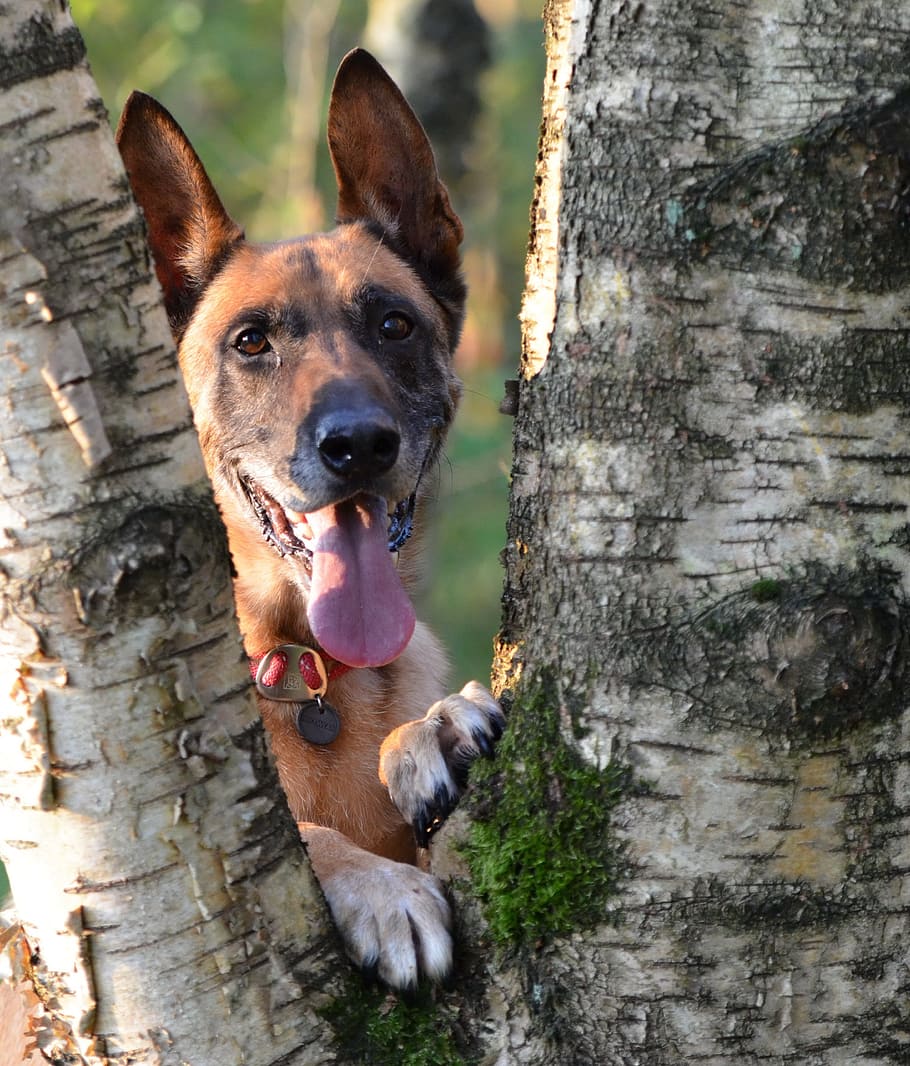Have you been wondering about the significance of the name “Birch Bark”? Has it been keeping you up nights?
We certainly hope not, but we’re still happy to explain.
One of the primary characteristics of birch trees is their flexibility: their ability to bend without breaking. If these tall and slender trees were rigid, any force that pulled at them– strong winds, the weight of ice and snow clinging to branches in winter, climbing children (or, let’s be honest here: adventurous adults, too) — would cause their trunks to crack. With their tendency towards bending, however, the tree does not attempt to deny the forces that press against it: they do not stand erect and unchanged by events. It is the tree’s capacity to accept and move with its stressors, rather than unyieldingly resisting its environment that allow it to survive and thrive.
Often, when a dog is exhibiting a concerning, frustrating, or upsetting behavior, our instinct as owners is to resist it without accepting it for what it really is, which, from a purely superficial standpoint makes sense: it’s a problem and we want it gone.
The issue with that point of view is we are ignoring a big part of the equation: the dog. Your dog’s behavior, no matter how annoying, or even alarming, is serving a purpose for your dog. In order to address any behavior or training problem holistically, we have to take into account the lens that the dog sees the world through. Once we accept the dog’s experience as valid and relevant can we take steps to change it from a foundation of compassion and empathy.
It’s not just the humans who can benefit from building mental and emotional flexibility when faced with an upset, however. Whether it’s put in these exact words or not, most behavior modification serves the purpose of teaching a dog to resiliently accept the stressors of their environment, to move with the changes in their world without breaking apart over them. Whether your dog becomes so frantic in play that she can not seem to control her bite or she falls to pieces when she encounters another dog; whether he panics when you try to leave the house or cowers and growls when a visitor enters, these reactions are valid emotional responses based on where your dog is standing at that exact moment, but can, and for the benefit of both of you, should be changed.
With science-based training, formal behavior modification protocols, and the crucial mixture of patience, empathy, dedication, and time, we can help our dogs see the things that make them scared, anxious, hostile, or frantic as No Big Deal, or at least not worth getting upset over.
So, the name “Birch Bark”? It is because I want to, as a dog parent, trainer, and behaviorist be flexible and fair to the creatures I live with, work with, and love. I want to teach them to bend with the wind of the world: to become strong and resilient creatures that can adapt and adjust to the stressors they face.
And, ya know, cuz dogs bark.

